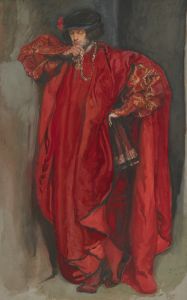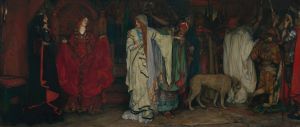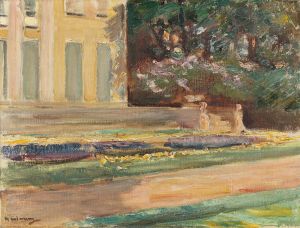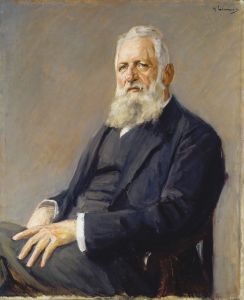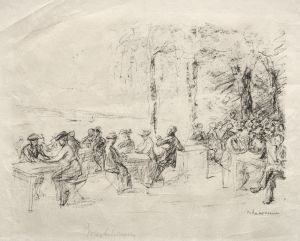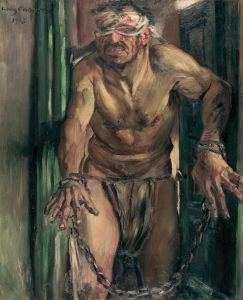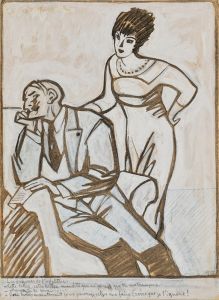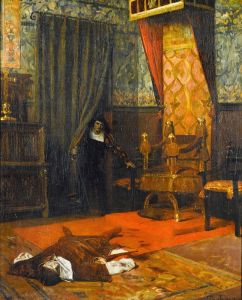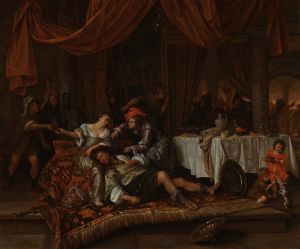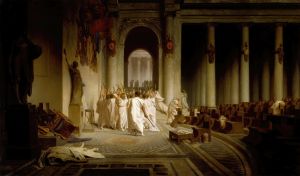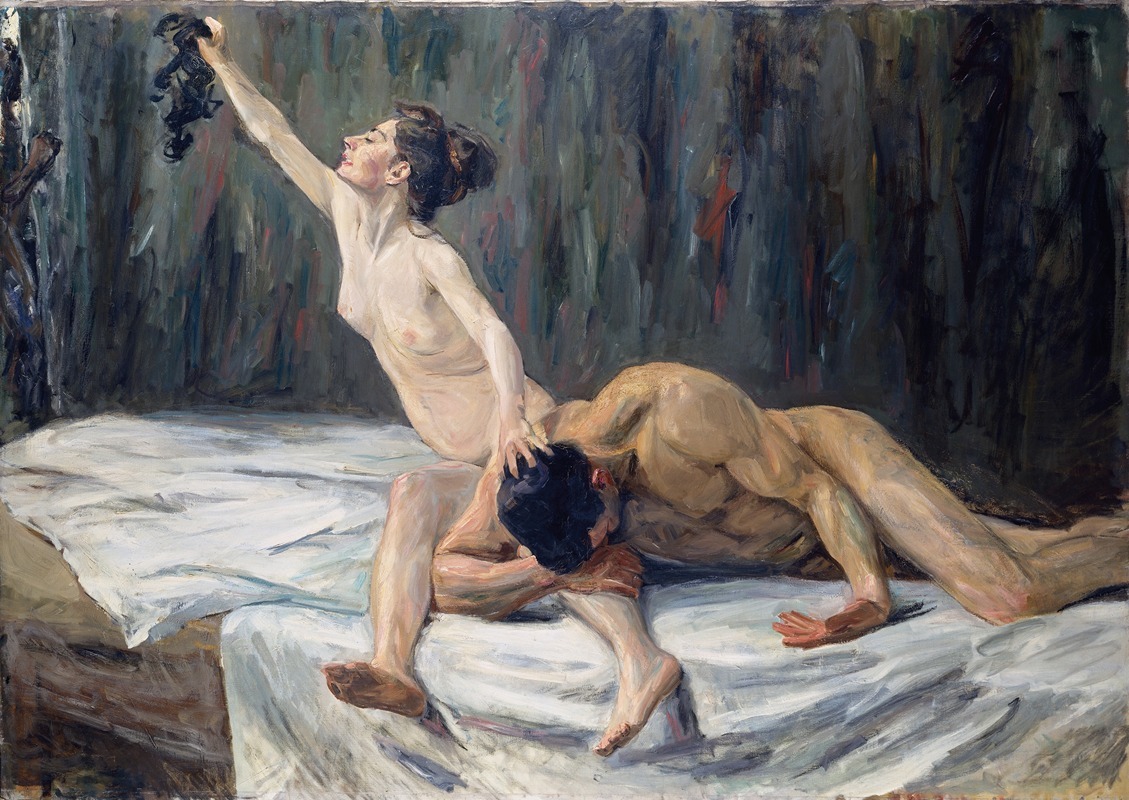
Samson and Delilah
A hand-painted replica of Max Liebermann’s masterpiece Samson and Delilah, meticulously crafted by professional artists to capture the true essence of the original. Each piece is created with museum-quality canvas and rare mineral pigments, carefully painted by experienced artists with delicate brushstrokes and rich, layered colors to perfectly recreate the texture of the original artwork. Unlike machine-printed reproductions, this hand-painted version brings the painting to life, infused with the artist’s emotions and skill in every stroke. Whether for personal collection or home decoration, it instantly elevates the artistic atmosphere of any space.
Max Liebermann, a prominent German painter and one of the leading figures of the Impressionist movement in Germany, created a painting titled Samson and Delilah. This work is an interpretation of the biblical story of Samson and Delilah, a narrative found in the Book of Judges in the Hebrew Bible. The story recounts how Delilah, a Philistine woman, betrays Samson, a man of extraordinary strength, by discovering the secret of his power—his uncut hair—and ultimately facilitating his capture by the Philistines.
Liebermann's Samson and Delilah is notable for its departure from traditional, dramatic depictions of the subject. Instead of focusing on overt theatricality, Liebermann employs a more subdued and intimate approach, consistent with his broader artistic style. His work often emphasized realism and human emotion, and this painting reflects those tendencies. The scene is rendered with a focus on the psychological tension between the two figures, rather than on the climactic moment of Samson's betrayal.
The painting is characterized by Liebermann's use of light and shadow, which adds depth and atmosphere to the composition. The subdued color palette and loose brushwork are hallmarks of his Impressionist influence, though the work also retains elements of realism. Liebermann's approach to the subject matter reflects his interest in exploring human relationships and moral complexities, themes that recur throughout his oeuvre.
The exact date of the painting's creation is not definitively documented, but it is believed to have been produced during the late 19th or early 20th century, a period when Liebermann was actively experimenting with biblical and historical themes. This work is one of several instances where Liebermann drew inspiration from religious or literary sources, though he is more widely known for his depictions of everyday life and modern society.
Samson and Delilah is part of Liebermann's broader body of work that demonstrates his ability to reinterpret traditional subjects through a modern lens. While the painting may not be as widely recognized as some of his other works, it remains an example of his skill in blending narrative content with his distinct artistic style.
Further details about the painting's current location, provenance, or exhibition history are not readily available.





